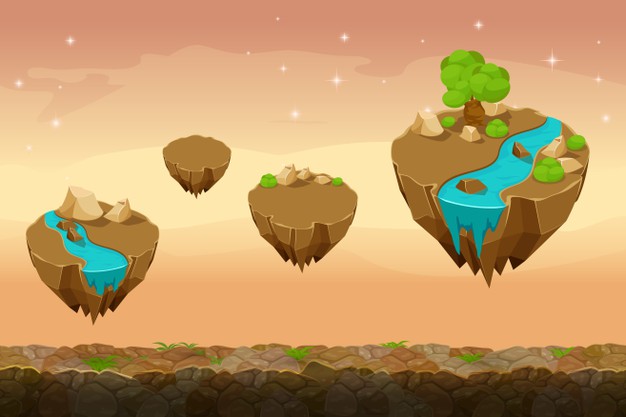You probably already heard about “Production”, “Stage” or other “environment names” before and probably wondered what does that actually mean.
What are the differences, similarities, and what role do they play in describing IT infrastructure?
Let’s start with defining the basics of those names – environment.
Environment is one “copy” of your actual infrastructure system. In other words, it is a logical structure of all your servers that is working as a one “self-sufficient” entity. For example, you may have an application that is scattered acrose a few different servers so that maintenance of this application is simplified. This may serve a purpose of making it easier to make required changes, or for easier backup purposes.
If your application logic has a few different server instances for it to work (ie. “back-end”, “front-end”, “SQL database server”), but it is logically the same application – it can be viewed as an application environment.
Understanding Production, Stage, and Other Environments in Software Development
In the realm of software development, various environments are used to ensure that applications are developed, tested, and deployed smoothly. These environments serve distinct purposes and are critical for maintaining the quality and stability of software. The most commonly referenced environments are production and staging, but there are others such as development, testing, and quality assurance (QA). Understanding the differences and purposes of these environments is crucial for anyone involved in software development.
Production Environment
The production environment is the live environment where the end users interact with the application. It is the final stage in the deployment pipeline and must be stable, reliable, and performant. Any issues in the production environment can directly impact users, making it crucial to have rigorous testing and quality control before deploying to production.
Key Characteristics:
- Stability and Reliability: The production environment must be highly stable and reliable to ensure a smooth user experience.
- Real Data: It uses real user data, which means that any data breaches or bugs can have serious consequences.
- Monitoring and Support: Continuous monitoring and support are essential to quickly address any issues that arise.
Staging Environment
The staging environment is a replica of the production environment used for final testing before deployment. It is used to catch any potential issues that might not have been detected in earlier testing stages. By mimicking the production environment as closely as possible, staging helps ensure that the application will perform as expected once it goes live.
Key Characteristics:
- Production-Like Setup: The staging environment closely mirrors the production environment in terms of hardware, software, and configurations.
- Final Testing: It is the last step before production, used for final acceptance testing.
- User Acceptance Testing (UAT): Sometimes referred to as UAT, this environment allows stakeholders to validate the application.
Development Environment
The development environment is where developers build and write code. It is a flexible environment that allows developers to test their changes quickly and iteratively. This environment is typically set up on individual developer machines or in a shared development server.
Key Characteristics:
- Flexibility: Developers can make changes and test them quickly.
- Isolation: Changes in the development environment do not affect other environments.
- Version Control: Integrated with version control systems to manage changes in the codebase.
Testing Environment
The testing environment is where software is rigorously tested to identify bugs and issues. This environment is used by QA teams to run various types of tests, such as functional, performance, and security tests.
Key Characteristics:
- Test Data: Uses test data to simulate real-world scenarios.
- Automated and Manual Testing: Supports both automated test scripts and manual testing processes.
- Bug Tracking: Integrated with bug tracking tools to document and manage issues.
Quality Assurance (QA) Environment
The QA environment is similar to the testing environment but is often used for more formalized testing processes. It is used to validate that the software meets the specified requirements and standards before it is moved to staging or production.
Key Characteristics:
- Formal Testing: Follows a structured testing process with defined test cases.
- Compliance: Ensures the software complies with internal and external standards and regulations.
- Feedback Loop: Provides feedback to developers to fix issues before moving to the next stage.
Other Environments
In addition to the primary environments mentioned, there are other specialized environments that may be used in the development process:
- Integration Environment: Used to test the integration of various components and services to ensure they work together correctly.
- Sandbox Environment: A flexible environment for experimenting and testing without affecting other environments.
- Disaster Recovery (DR) Environment: A replica of the production environment used to test disaster recovery plans and procedures.
Conclusion
Each environment in the software development lifecycle plays a crucial role in ensuring the quality and stability of the final product. From development to production, each stage allows for thorough testing and validation, helping to catch issues early and reduce the risk of problems in the live environment. By understanding the purpose and characteristics of each environment, development teams can better manage their workflows and deliver reliable, high-quality software.

